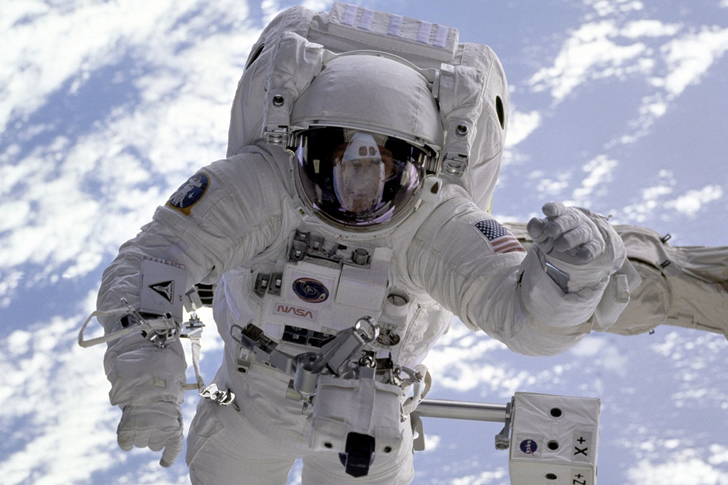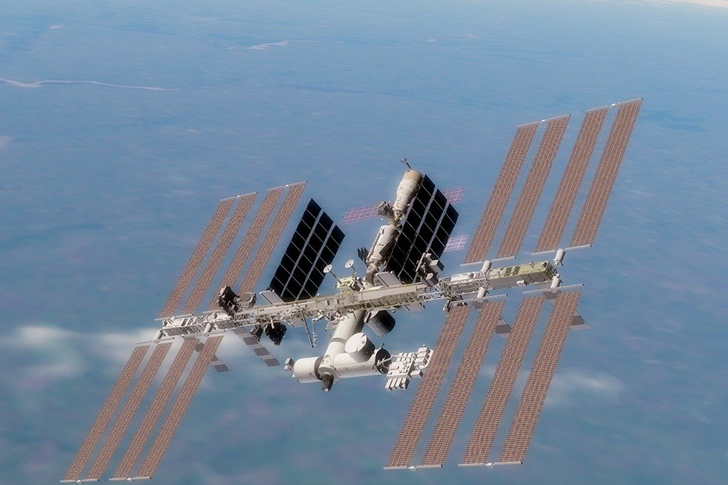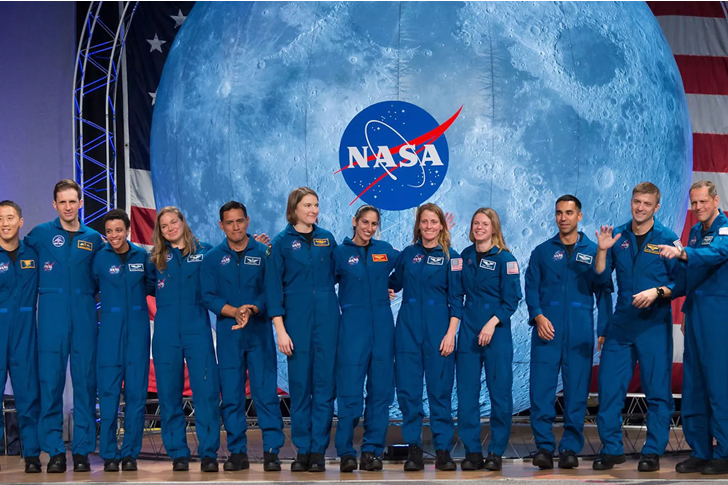Goodbye International Space Station
The idea of a communications satellite orbiting the Earth was alien to people during the 1950s. Yes, people then knew that the moon was a satellite, but deploying an artificial one was a strange thought. But in 1957, Sputnik I was launched into space, signaling the start of the space war between the United States and Russia. With minimal technology then, both countries were able to send people to space. In modern times, through concerted international cooperation, and massive investments from 15 countries, the International Space Station was built. The construction of the space laboratory took place from 1998 to 2000. The first human inhabitants occupied the space station on November 2, 2000. This means that the space station had been occupied for more than 20 years and in existence for 22 long years.

So while in human years, the age of 22 years appears young, this is not the case when it comes to technology. An example of that is phones and cars that get replaced every two or three years. The original warranty or insurance has barely expired, and the gadgets are already being replaced. The same goes for the ISS. The technology used to build it in 1998 is already old. It will eventually die. Surprisingly, the engineers and planners who were behind this massive feat did not think specifically of how to decommission the station once it nears its end of life until five or six years ago.
The ISS will not stay in orbit forever because of two things–natural wear and tear and a plan to stop the flights going to the station by 2024. Until then, the space lab will get an injection of fuel from the spacecraft visiting it. To a degree, every space cargo ship that visits the ISS has excess fuel that is used to replenish the “tank”. If those trips stop, then there will no longer be these fuel boosts. If you think of it, the space station orbits the Earth 93 times a day, which logically consumes a significant amount of fuel.

But what are the considerations in stopping the operations of the space station? It was brought into life through international cooperation, and it will also die by a consensus among the countries who made contributions to the construction. Politics, therefore, will be a crucial factor. Engineers, however, have rated the ISS to be worthy of flight until the end of 2028. NASA officials also said that if need be, they can extend beyond 2028. Think of that year as a drug’s expiration date. It will still work for just a few months after the date on the label. Until then, the space station is expected to work, be given gas by visiting crafts, and provide us with beautiful pictures of Earth.
Jonathan McDowell, an astronomer, said that the space station would eventually be taken off its orbit, and how it would be has been a long-standing puzzle from both NASA and its Russian counterpart, Roscosmos. A NASA pane,l has been studying the technical and safety measures that should be put in place for when the time comes to de-orbit the enormous structure. They are tasked with looking at a scheduled deorbit and with coming up with plans in case something goes wrong. If anything does go wrong, would that be covered by insurance, given that the astronauts are in space? It is a good mind problem.
We can just give NASA our trust that whatever plans they have been working on, it would be built out of the lessons learned in 1979 when Skylab fell out of its orbit and fell on the planet without control. There has to be a precisely controlled deorbit strategy and a means to bring the occupants safely to Earth. Where and when the 400-ton ISS would crash on Earth should also be considered (the South Pacific Ocean is the plan). NASA could only expect massive legal backlash and lawyers after its tail if the process results in the death of any human being.

What is encouraging is that the planned future version of the ISS would be a degree more technologically advanced. Each module would now be equipped with its own thruster, guidance, control, and navigation. This will make it easy for specific segments to be discarded. They can also fly on their own, which means they can enter Earth’s atmosphere separately. This process would make the retirement of the future space station easier.
It looks like we will have the ISS until 2028, but when it does go, we bid it goodbye.
